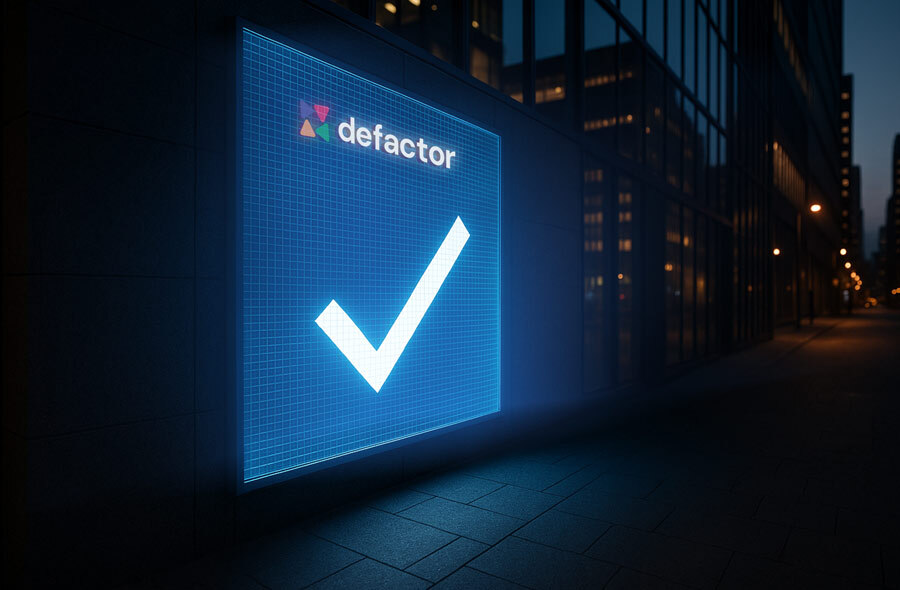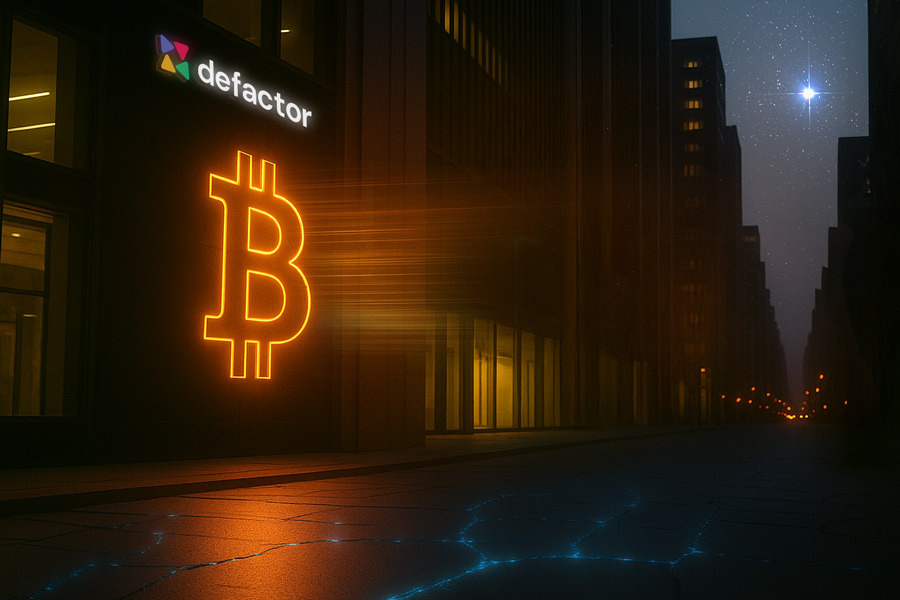Driving Stakeholder Engagement and Yield
Beyond liquidity, $FACTR also supports the development of staking programs that reward long-term commitment and reinforce ecosystem participation. These models are customizable, allowing projects to tailor rewards, lock-up terms, and engagement flows to meet their community needs.
Notable implementations include:
- Stobox: A multi-chain staking model powered by $FACTR allows both utility and security token holders to participate in liquidity and earn rewards, deepening involvement in the $STBU ecosystem.
- Libertum: Focused on tokenized real estate, Libertum offers staking options with APRs between 5% and 40%, allowing early supporters of its $LBM token to earn yield while helping stabilize early liquidity.
Through these models, $FACTR provides the infrastructure for trust-based engagement, allowing projects to reward participation while aligning community incentives with long-term platform goals.
Real-World Impact Beyond Financial Gains
The utility of $FACTR isn’t limited to market mechanics—it also supports real-world outcomes. Projects using $FACTR are leveraging tokenization not just for access to capital, but to create sustainable value.
- LandX helps deliver capital directly to farmers, transforming agricultural production into investable digital assets, while preserving traditional farming practices.
- Aurus tokenizes precious metals such as gold, enabling $tXAU holders to access liquidity without liquidating the underlying asset—offering financial flexibility backed by real-world commodities.
In these applications, $FACTR becomes a connector, linking on-chain liquidity with off-chain impact.
Building a Trusted Tokenized Economy
Underlying every $FACTR use case is Defactor’s smart contract infrastructure, designed with transparency, auditability, and security at its core. Whether supporting tokenized real estate or staking ecosystems, $FACTR operates within a decentralized architecture that promotes market confidence.
Its integration with platforms like Uniswap ensures liquidity and accessibility, helping businesses scale while maintaining decentralization as a foundational principle.
Expanding the Role of Native Tokens in RWA
Tokens like $FACTR, $LAND, $xBasket, and $tXAU are proving that on-chain assets can function as more than tradable instruments. They can fuel real economies, activate communities, and generate measurable impact.
For the businesses building with them, tokenization offers a way to solve real problems, liquidity constraints, stakeholder alignment, and global access. And for participants, it opens the door to meaningful engagement in ecosystems rooted in real value.
As RWA adoption grows, the significance of native tokens like $FACTR becomes increasingly clear:
they aren’t just assets—they’re instruments of change.
This article was inspired by a recent X space featuring Defactor, For more information on upcoming spaces, Follow Defactor.
Updated on 14/03/2025: This article has been revised to reflect the latest product information.









